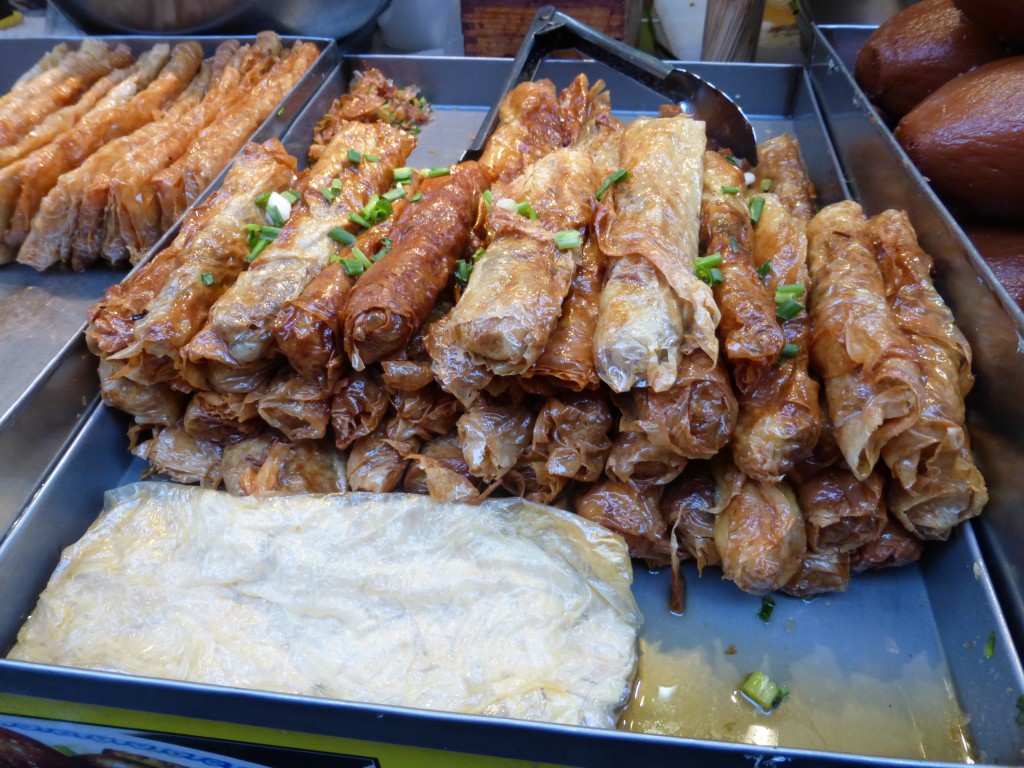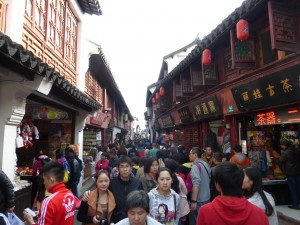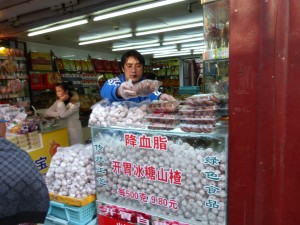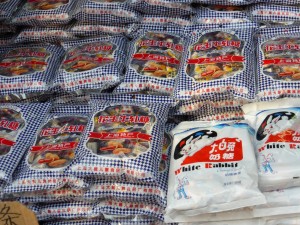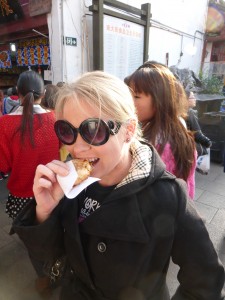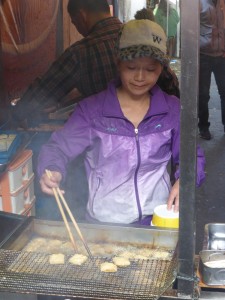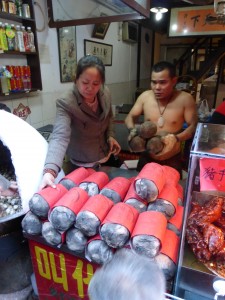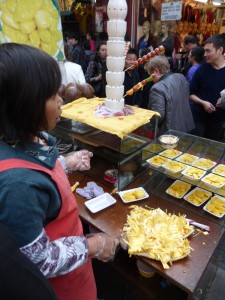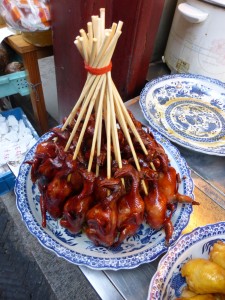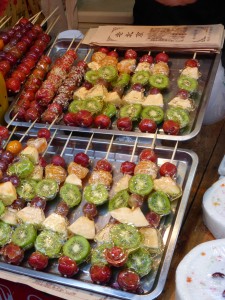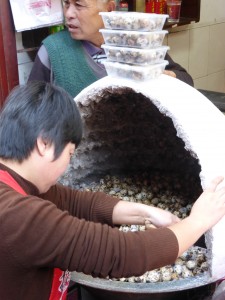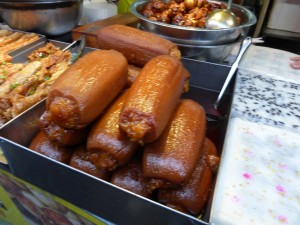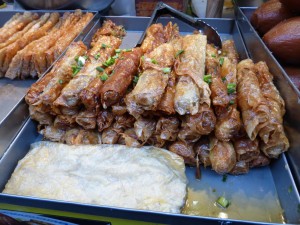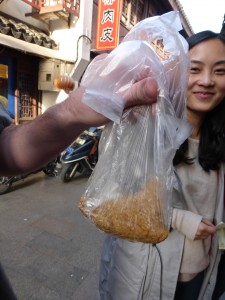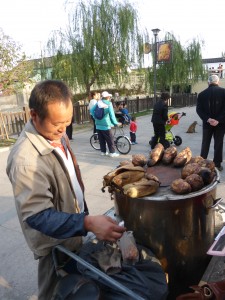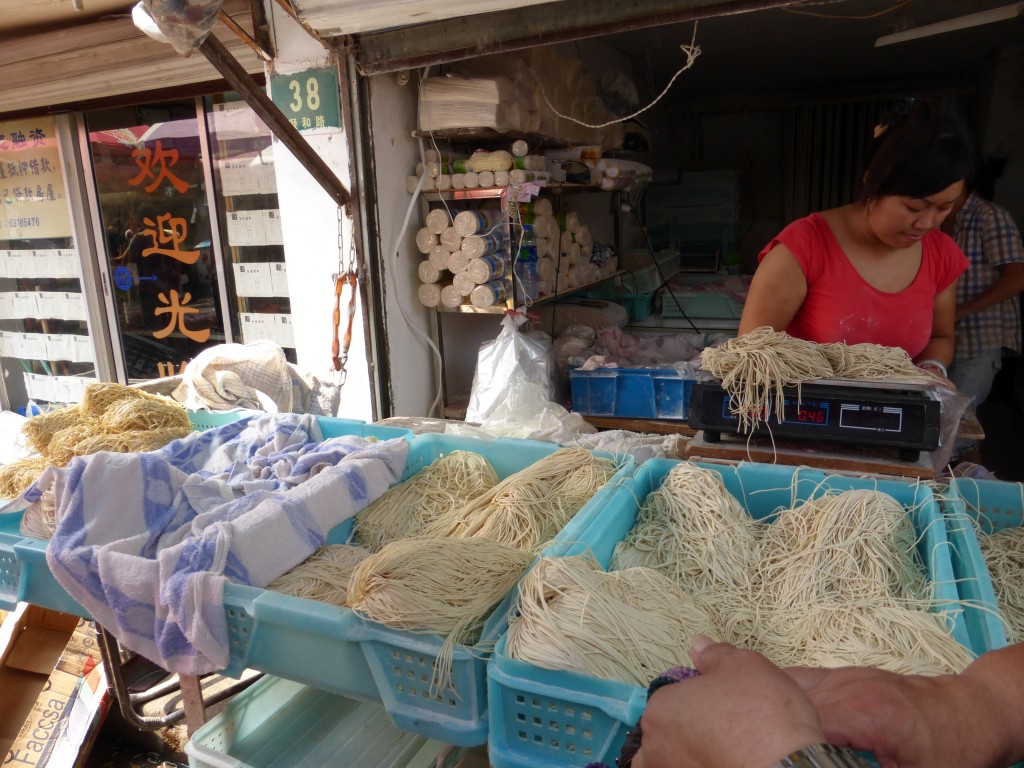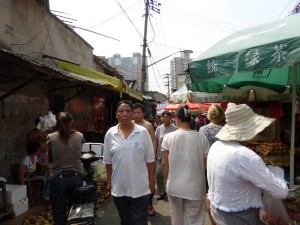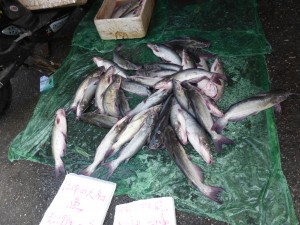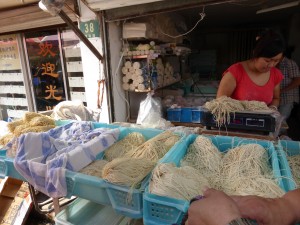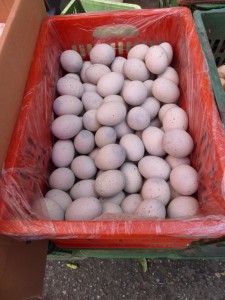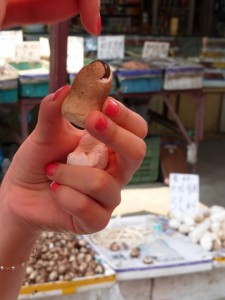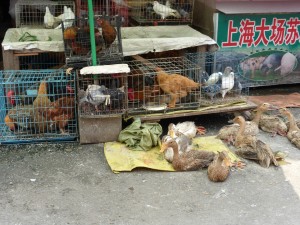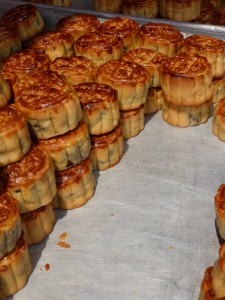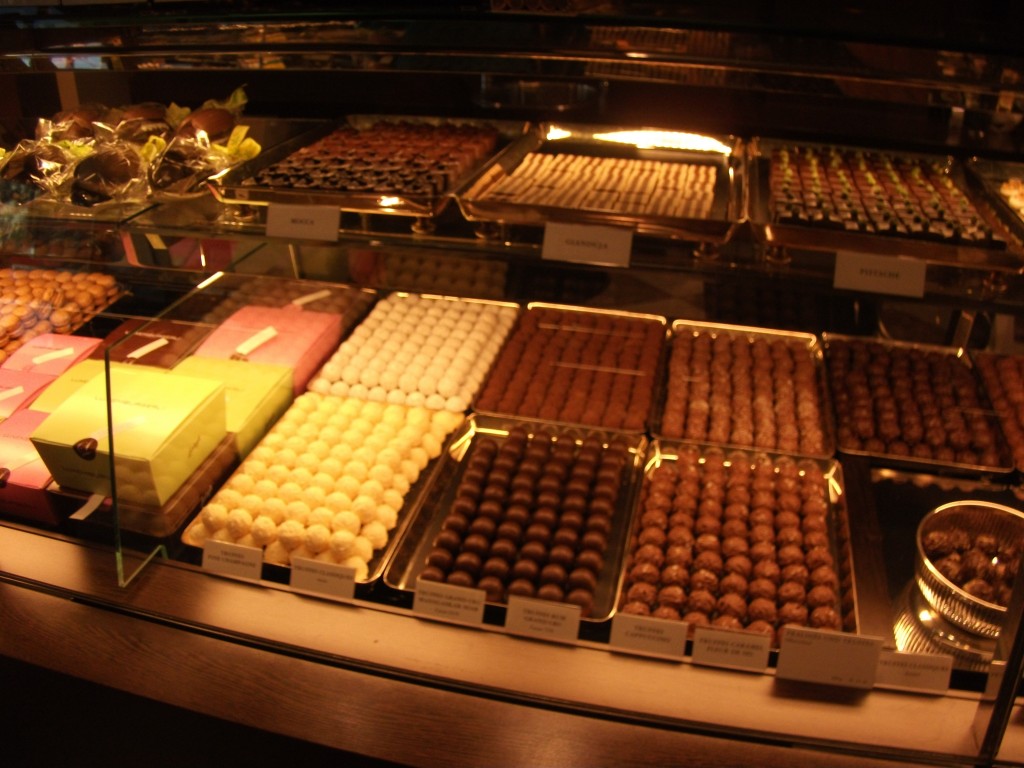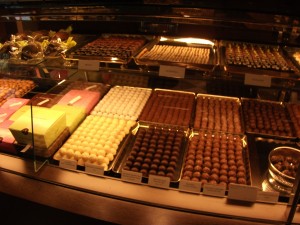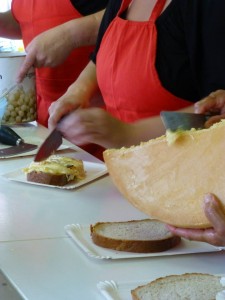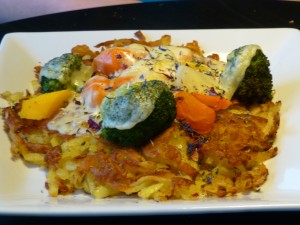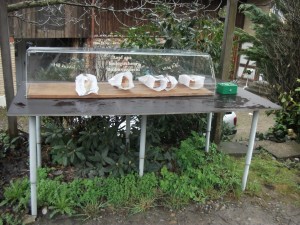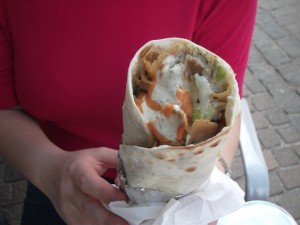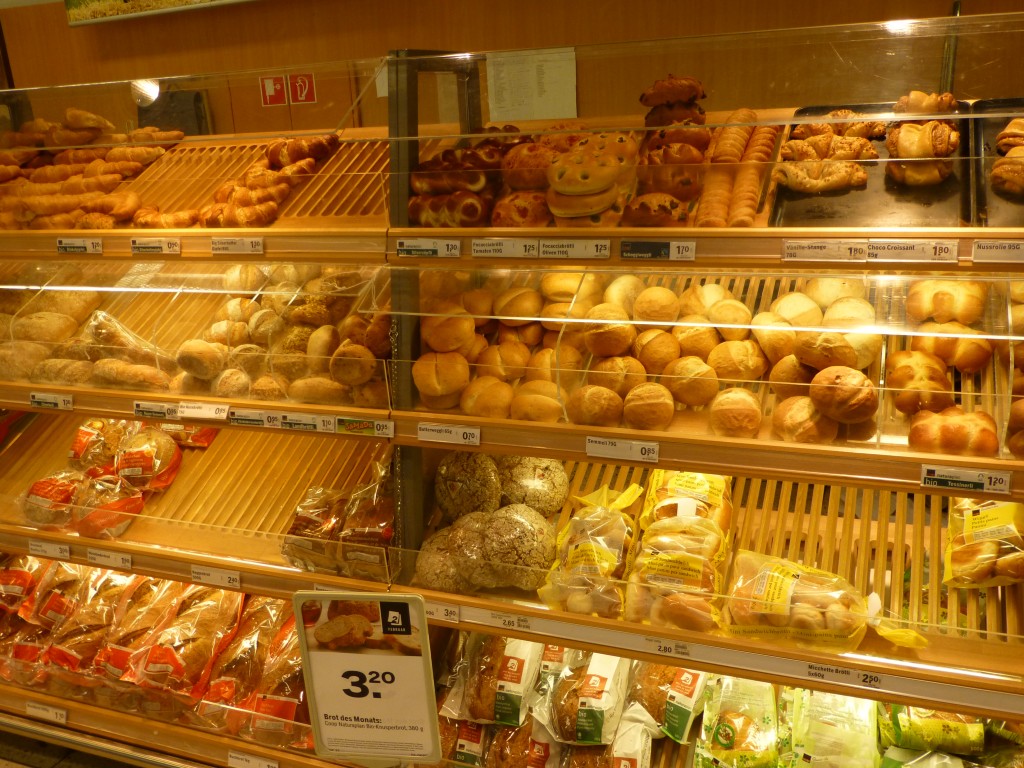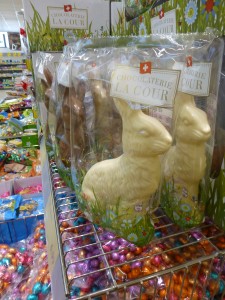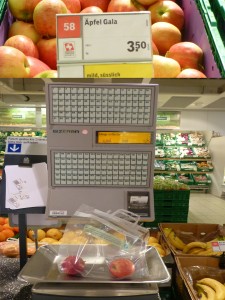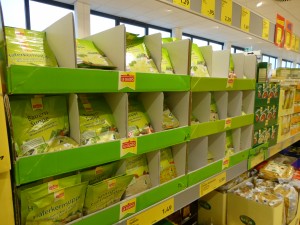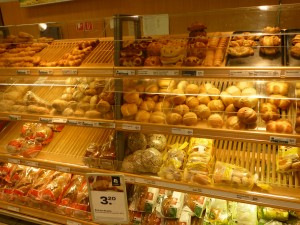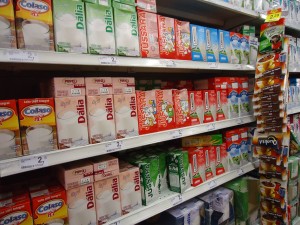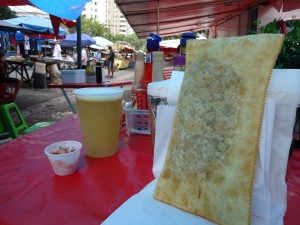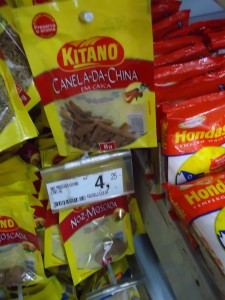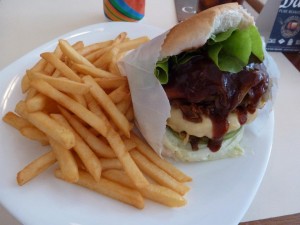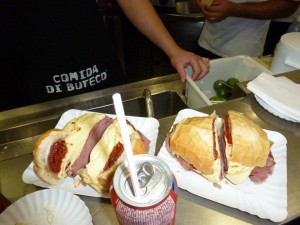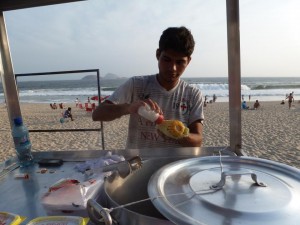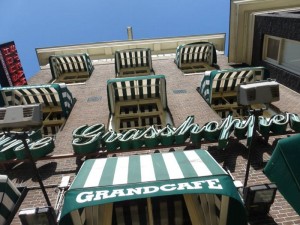
than legalized, so they must get creative with their names to advertise.
Amsterdam, known as Venice of the North throughout Europe, is more famous worldwide for its leniency toward drugs and prostitution. After taking a recent coffee shop tour of the city, we explore the history of Amsterdam’s drug culture.
How did Amsterdam coffee shops start?
The locals say that Amsterdam’s ideas of decriminalization first appeared when Catholicism was outlawed in the 17th Century. Houses like the Ons’ Lieve Heer op Solder (Our Lord of the Attic) were converted into churches and didn’t necessarily hide their congregations of around 200 people. These churches and worshipers paid taxes just as legal churches and worshippers paid so the Dutch decided it was beneficial to both sides to look the other way.
Other religious refugees also descended upon Amsterdam including Huguenots from France and Puritans from England. Gedogen is a Dutch word with no direct English translation that refers to this habit of looking the other way via plausible denial. Tax forms today still include a section of “other” income where citizens can legally pay taxes on income that isn’t necessarily specified as legit.
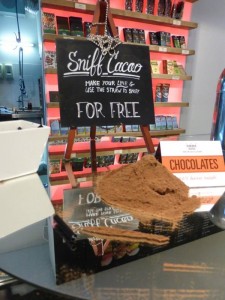
Fast forward to the 1980s and Amsterdam was a dangerous city overrun by heroin. According to those who live in the area, some of the most beautiful blocks surrounding the canals were entirely infested with filth and people of malicious intent. In an effort to rid the area of hard drugs that caused huge problems and to allow police officers to focus on these important tasks, marijuana and other soft drugs were decriminalized. Soft drugs are those that authorities deem unable to kill a person who overdoses by using too much. Amsterdam natives quickly point out that one of the world’s most deadly hard drugs, alcohol, is legal in almost every country worldwide.
Would the Dutch be willing to completely legalize marijuana today rather than simply decriminalizing it? Probably, if it weren’t for the European Union. As the EU as a whole bars the drugs, The Netherlands would forfeit its membership. Policies of plausible denial, therefore, will continue.
Uruguay is currently the only nation in the world with legalized marijuana at the federal level. Meanwhile, only 5 percent of Dutch people smoke marijuana on a regular basis and only 20 percent have ever tried it, leaving it far below the percentages of Europe’s leaders.
What’s so bad about marijuana?
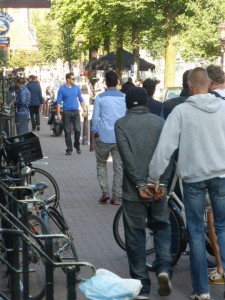
when this suspect was thrown up against an apartment door in front of us by undercover police.
Public Enemy #1 in Amsterdam is William Randolph Hearst, the late American newspaper publisher. Smoking scholars quickly recall the yellow journalism of Hearst, published in the USA and spread around the world, demonizing the cannabis plant. They point to him as coining the term marijuana as the major word used for the plant because it derived from Spanish, which he could use to further play off the fears of conservatives dreading an invasion of any foreign people or substance. Hearst, they say, with large investments in paper and nylon, had financial incentives to drive away potential competition from cannabis created by harvesting the hemp plant.
Signs in Amsterdam coffee shops say that smoking marijuana is allowed but warn that tobacco users should stay away. Whether warranted or not, Amsterdammers are convinced that marijuana is healthier than tobacco.
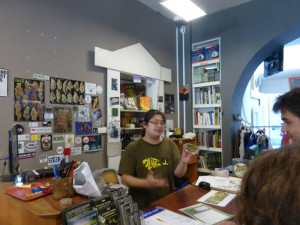
For the science behind it and statistics on why the war on drugs kills people rather than saving them, such as figures that show whites use drugs much more often than blacks but are six times less likely to be arrested by the police, visit a professor of the subject at the Cannabis College. Here, avid volunteers declare their support and avidly defend marijuana. You can also pay to enter their marijuana garden (maintained for research) or try a vaporizer in a private room while being instructed by a professional.
Running the business of Amsterdam coffee shops
You will not find many cannabis gardens around Holland. While selling and smoking marijuana in small amounts are both decriminalized, growing mass amounts of it generally is not. Therefore, plantations may still be controlled by organized drug rings. Ask a coffee shop owner where he gets his product and he pleads ignorance. It’s said that the front door remains open, police wander in and look around, but the backdoor remains locked. Outside that backdoor, the deals take place and the officer inside can continue to claim plausible denial.
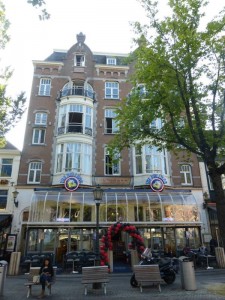
Owner Henk de Vries bought the police station after being arrested
many times in the 1970s and 1980s to turn into one of his coffee shops,
opening it on April Fools’ Day 1985. Laws forbid coffee shops from
selling alcohol so he purchased two buildings with separate entrances
at this location, one to serve as a cafe selling alcohol and one to
serve as a coffee shop selling smoking materials.
Tour guides warn first timers not to start with space brownies. Holding an indeterminate amount of weed inside, they could be duds as regular brownies disguised to take tourists’ money, or they could be loaded with an amount that overpowers a beginner one hour later while the brownie is being digested once he assumes that nothing is going to happen and he possibly has eaten two or three more. They also warn that THC levels are much higher than you find in other countries, hovering around 15-20 rather than the normal 5 percent.
If you are in search of a 420 holiday and want to know where near the city center you can find good stuff, we can’t offer much assistance ourselves, but the locals suggest De Dampkring, now also famous for its inclusion in the movie Oceans 12. Here, in the back of the coffee shop, you can choose from several different types of high quality weed and roll a joint for less than 5 euros or sit up front and grab a drink and a brownie.
Another type of shop in Amsterdam is known as a smart shop. Smart shops do not sell marijuana and once profited mostly from the sell of magic mushrooms. In 2008, magic mushrooms were banned by the Dutch government after a French girl was said to jump from a bridge to her death and another tourist was said to be found naked eating his own dog. Both events were blamed on mushrooms and the resulting press created enough of a firestorm for a ban. In a bit of a legal loophole, however, that has never since been filled, mushrooms grown above ground were simply replaced with truffles grown below ground and smart shops continue to exist.
Are you up for visiting Amsterdam coffee shops?
Amsterdam is known for its tolerance on a wide array of issues. How do you feel? Do you feel that decriminalization of others’ practices affords you more freedom or less freedom in your daily life?
-Chris

